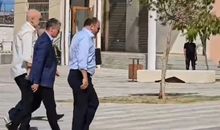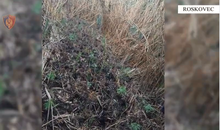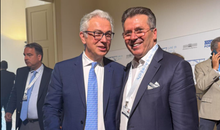
 Flash News
Flash News
Statements on the expansion of the Russian conflict, Stoltenberg visits Kosovo and Serbia

The Secretary General of NATO, Jens Stoltenberg, is in Kosovo on November 20, as part of a tour in several states of the region, where the head of the Western military alliance will hold meetings with the heads of state. According to the agenda, in Kosovo the head of NATO will meet with President Vjosa Osmani, Prime Minister Albin Kurti, and with the commander of the peacekeeping mission of the alliance in Kosovo, KFOR, Ozkan Ulutash.
Stoltenberg's visit to Kosovo comes at a time of tensions, but also warnings of possible conflicts. Tensions between Kosovo and Serbia are high after an armed attack in the north of Kosovo by an armed group of Serbs. Likewise, the international community has recently increased calls for Kosovo to establish the Association of municipalities with a Serbian majority and for Serbia to recognize the de facto independence of Kosovo.
Meanwhile, five days before Stoltenberg's visit to Kosovo, Ukraine has warned that Russia is aiming to instigate a conflict in the Western Balkans. On the last issue, the European Union has agreed with President Volodymyr Zelensky, while the US Department of State has told Radio Free Europe that Russia's malignant influence in the Western Balkan region hinders the countries' path towards Euro-Atlantic integration. DASH said that this very influence shows the urgency of the work that Washington is doing to fight Russian influence. The prime minister of Kosovo, Albin Kurti, also spoke on November 19 about Russia's intention to incite conflicts in the region. He said that Moscow wants to ignite "a hearth of crisis in the yard of the European Union" in order to "distract NATO".
Stotelberg will stay in Kosovo, a country where the military alliance has over 4,600 troops. For a long time, Kosovo has said that it has two strategic goals in terms of Euro-Atlantic integration: membership in the European Union and NATO. But, for the last aspiration, he first asked to be accepted in the Peace Partnership Program. However, Kosovo's Euro-Atlantic integrations have often been said to go through the normalization dialogue mediated by the EU. However, in these two institutions in which Kosovo wants to become a member, there are states that still do not recognize the independence declared in 2008.
NATO's position on Kosovo
NATO supports the dialogue between Kosovo and Serbia, and after the September 24 attack in Banjska, Zvečani - where a Kosovo policeman and three Serbian attackers were killed - Stoltenberg asked both sides to refrain from inciting tensions and immediately return to dialogue .
Due to the tense situation after the attack in Banjska, NATO decided to increase its military presence within the KFOR mission. This mission is the third security response in Kosovo, after the Kosovo Police and the EU Rule of Law mission (EULEX). The Prime Minister of Kosovo, Albin Kurti, has welcomed the increase in the presence of KFOR members, but he has emphasized that there is no need for a more active engagement of this force in the territory of Kosovo.
"They are needed for security and protection... and it will remain so. We do not need to make KFOR the first responder", Kurti stated on October 25. However, the Kosovar Prime Minister requested that additional KFOR troops "concentrate on maintaining the border between Kosovo and Serbia". Tensions in the north of Kosovo have been high since the end of May, due to the opposition of the local Serbs to the new Albanian presidents emerging from the April elections, votes that were boycotted by the Serbs.
On May 29, dozens of KFOR members were injured after a confrontation with protesters in Zveçan. After the violence, Stoltenberg called it unacceptable and said that the violence sets back Kosovo and the entire region and puts Euro-Atlantic aspirations at risk. Stoltenberg's visit to Kosovo, but also to Serbia, comes at a time when both countries have been handed a draft statute for the establishment of the Association of municipalities with a Serbian majority in Kosovo. The international community, which is asking for the Association to be established, has said that it is a modern European model for the Association. Kurti has said that he is ready to accept and sign this draft statute.
Kosova looked towards the Partnership for Peace
As for Euro-Atlantic aspirations, Kosovo has expressed its desire to one day be a member of NATO. But, before this happens, Prishtina has asked to join the Alliance Program for Partnership for Peace. The Government of Kosovo has already formed a working group for membership in this program.
President Osmani has often said that Kosovo's membership in NATO is a prerequisite for peace in the Western Balkans region. Osmani has even asked for help from the United States for inclusion in the Partnership for Peace and eventually in NATO. Washington has promised Kosovo support for Euro-Atlantic integration. Prime Minister Kurti, in a proposed plan for the implementation of the Agreement towards normalization - reached between Kosovo and Serbia earlier in the year - mentioned the Partnership for Peace Program. Kurti has proposed that steps be taken for Kosovo's membership in the EU, in other European mechanisms and "signing the Partnership for Peace with NATO". The Partnership for Peace is a practical bilateral cooperation program between the Euro-Atlantic partner states and NATO. This program, which was established in 1994, allows countries to choose their own priorities for cooperation.
NATO has said that this program aims to increase stability, reduce threats to peace and build stronger security relations between partners and NATO. The Partnership for Peace includes many areas of NATO activity, such as: work related to defense, defense forums, training, military exercises, planning for responses to civil emergencies and other disasters, but also cooperation in science and the environment. In general, there are close to 1,600 activities. Precisely, within the framework of this program, in 1999 several countries sent peacekeeping forces to Kosovo within the framework of the alliance mission in Kosovo, KFOR. Around 50,000 soldiers from 36 countries of the world were stationed in Kosovo, of which 30,000 were from NATO countries.
Overall, this program provides a political framework for cooperation with NATO. In the framework of the program, each partner country decides on its own pace, but also the depth of cooperation with the alliance. The Alliance has several tools and mechanisms to advance cooperation with member states, through several policies and programs, action plans and other forms of cooperation. In NATO there are three types of bilateral partnership documents: Individual Partnership and Cooperation Program, Individual Action Plan Program and National Annual Program. The first is a standard document, which is usually developed every two years by the partner country in consultation with NATO and requires the approval of the Atlantic Council. It is structured and adapted to the interests and goals of the partner state and NATO.
The second document focuses on internal reforms of the partner states. It also deals with security and defense issues and aims to coordinate all aspects of the relations of the partner states and NATO through a political and systematic dialogue with the Alliance. Meanwhile, the Annual National Program is the most demanding document that focuses on democratic, security and defense reforms, which is developed every year by the partner states in consultation with NATO. Only countries that are part of the Membership Action Plan, which is the process that tracks progress on the path to NATO membership, have access to this program.
Countries that have not expressed aspirations to one day become part of NATO also participate in the Partnership for Peace. This includes Serbia, which has joined the program, but is also a member of the Euro-Atlantic Cooperation Council (EAPC), which aims at political cooperation between NATO member states and Partnership states. NATO's membership policy is "with open doors", but the expansion of this institution requires the unanimous decision of all members. Spain, Greece, Romania and Slovakia are NATO members who do not recognize Kosovo's independence, and this lack of recognition represents an obstacle for Kosovo's progress towards integration into the alliance.
Which other countries will Stoltenberg visit?
Before Kosovo, Stoltenberg visited Bosnia and Herzegovina where he met with members of the tripartite presidency and other state and international officials.
After Kosovo, the head of NATO will stay in Serbia on November 21, where he is scheduled to meet with the Serbian president, Aleksandar Vučič, and with the prime minister of this country, Ana Bërnabič. On the same day, he will visit North Macedonia, a member state of NATO, where he will meet with the heads of state and address the Assembly of this state. On November 22, he will conclude the Balkan tour with a meeting with the leaders of NATO member states from the region. He will meet with the Albanian Prime Minister, Edi Rama, the Croatian President, Zoran Millatovic, the Prime Minister of Montenegro, Millojko Spajic, and the Prime Minister of Slovenia, Robert Golob./ REL
Latest news


What does Zelenskyy have more than Zegjineja?
2025-07-05 18:45:26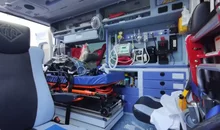

Fiscal peace, but at a cost
2025-07-05 18:00:10
'Bankers' tax evasion, Chinese CEO and former director jailed
2025-07-05 17:39:21
Kyle Walker joins English club on two-year deal
2025-07-05 17:20:24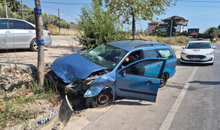
Two cars collide on the Saranda-Delvina axis, 4 injured
2025-07-05 17:05:29
Touching gesture! Liverpool will pay Jota's family's salary until 2027
2025-07-05 16:45:18
The zodiac signs that cheat most often
2025-07-05 16:25:53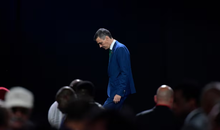
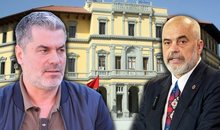
"I asked for the dismissals", Dredha tries to soften Rama's 'blow' in Vlora
2025-07-05 15:48:49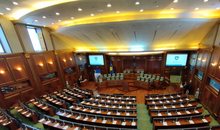
Bomb threat in Parliament, prosecutor: It was a lie
2025-07-05 15:22:28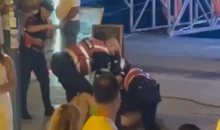
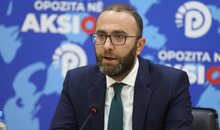
Bardhi: The recount revealed how greedy Zeqine Balluku is in stealing
2025-07-05 14:44:29
Knife wound on the secondary road Tirana-Durrës, perpetrator sought
2025-07-05 14:37:54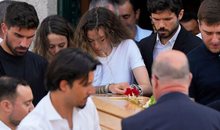
Tears and pain, Diogo Jota is escorted to his final home
2025-07-05 14:21:34
Success starts with yourself! Simple ways to invest in personal development
2025-07-05 13:58:50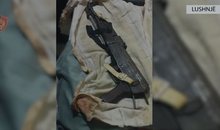
Unlicensed firearms found in apartment, 50-year-old arrested in Lushnje
2025-07-05 13:43:11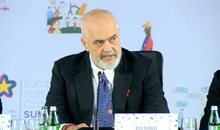

Tirana Court remands Skerdi Sina to prison
2025-07-05 12:59:34
Cocaine laboratory in Greece, here are the Albanians arrested and wanted
2025-07-05 12:40:16
Directed Justice/Vangjeli: SPAK does not investigate any scandal involving Rama
2025-07-05 12:22:03
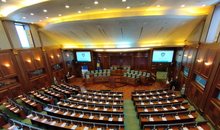
Bomb alert, Police remove MPs and media from Kosovo Parliament building
2025-07-05 11:48:16
"The will of the people" and the irony of ordered resignations
2025-07-05 11:32:05
Summer drowning risk: How to enjoy the water without risking your life
2025-07-05 11:20:27
Fire situation in the country, 16 fires reported in 24 hours, 4 still active
2025-07-05 11:07:04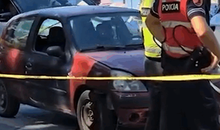
Car hits pedestrian at white lines, injured in serious condition in Vlora
2025-07-05 10:59:58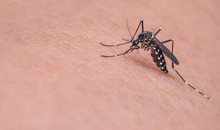
Mosquito-borne diseases are a growing problem in Europe
2025-07-05 10:44:13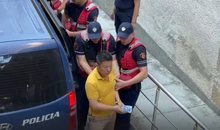

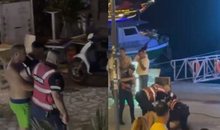

One of Sweden's most dangerous and wanted criminals arrested in Turkey
2025-07-05 09:38:29
Foreign exchange/ How much foreign currencies are bought and sold today
2025-07-05 09:18:38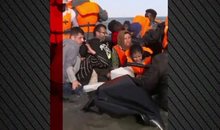

"Don't be influenced by the opinions of others", today's horoscope
2025-07-05 08:40:50

Morning Post/ In 2 lines: What mattered yesterday in Albania
2025-07-05 08:02:07
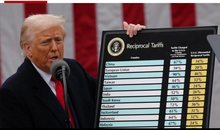
Trump says he's ready to raise tariffs to 70% on some countries
2025-07-04 22:35:52
Tre shenjat e zodiakut që do ‘pasurohen’ në Korrik
2025-07-04 22:05:09
Gaza War: Hamas Accepts US Proposal for 60-Day Ceasefire
2025-07-04 21:50:10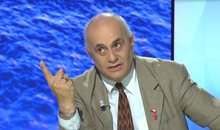
Autocracy in Albania, Fuga: Governance has gotten out of control
2025-07-04 21:40:51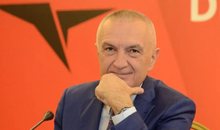
Meta: Agriculture on credit, the new fraud!
2025-07-04 21:26:39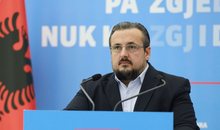
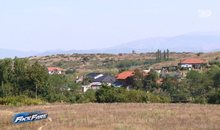

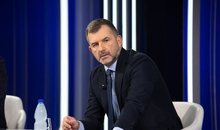
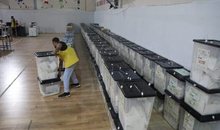
Vote recount in Durrës ends without changes
2025-07-04 20:12:54
Gas station explodes in Rome, 25 injured (VIDEO)
2025-07-04 20:00:20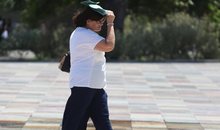

These afternoon habits often sabotage weight loss
2025-07-04 19:39:28
Former Arsenal player Thomas Partey accused of rape
2025-07-04 19:24:21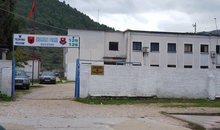
Shepherd disappears without a trace in Delvina
2025-07-04 19:14:31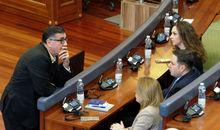
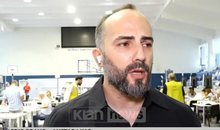
Bardho gave Zegjine's mandate/Braho: Unfair! It violates the electoral system
2025-07-04 19:01:08

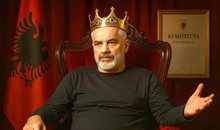
Rapid developments in the Sultanates!
2025-07-04 18:00:06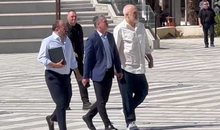
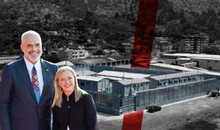

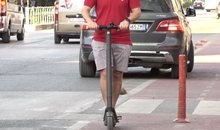
Italy tightens rules for skateboard traffic
2025-07-04 17:20:18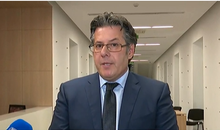
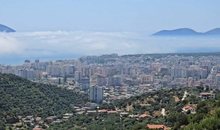
Unusual for the time, dense fog covers the coast of Vlora
2025-07-04 16:48:01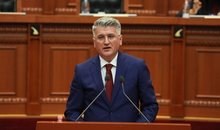
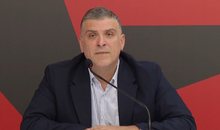
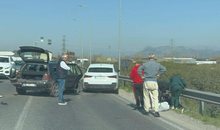
Accident on the Shkodra-Lezhë axis, one dead and 3 injured
2025-07-04 16:14:19
Albania with fewer requests for asylum and Albanian citizenship in 2024
2025-07-04 16:06:57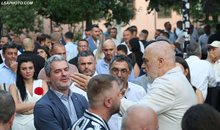
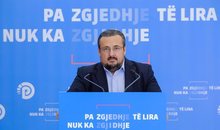
Albania last for quality of life, DP: Technical government is the solution!
2025-07-04 15:42:30
Nico Williams says "No" to Barcelona, signs with Athletic Club until 2035
2025-07-04 15:33:35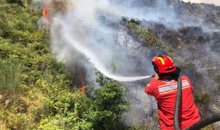
Fires in the country, four fires are still active, what is the situation?
2025-07-04 15:24:20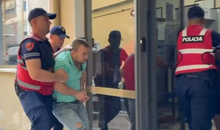

Summer brings big changes for these 4 zodiac signs
2025-07-04 15:00:04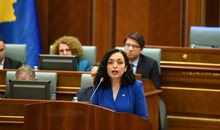
Osmani: MPs need to agree to a secret ballot for the Speaker of Parliament
2025-07-04 14:51:09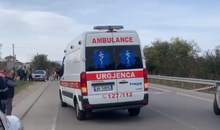
Serious accident on the Peqin-Elbasan axis, two injured
2025-07-04 14:37:56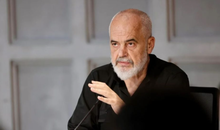
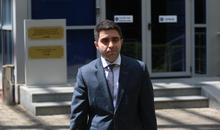
GJKKO leaves in force the security measure for the head of the KPP
2025-07-04 13:58:17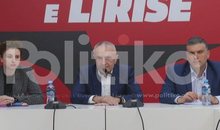
Who will replace Ilir Meta and take over the leadership of the PL?
2025-07-04 13:50:36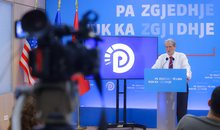
Berisha: Dismissal of directors in Vlora, another act of 'scapegoats'
2025-07-04 13:41:46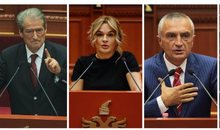
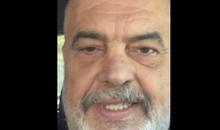
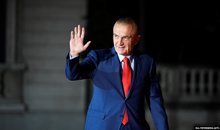
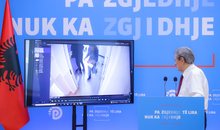

Librazhd/ In a serious psychological state, the young man consumes pesticides
2025-07-04 13:05:07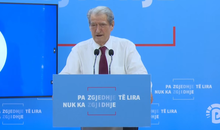
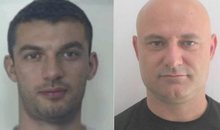
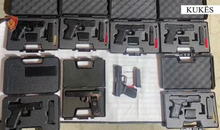
Weapons trafficked from Kosovo to Albania, two arrested, 8 pistols seized
2025-07-04 12:33:28
Konsumimi i tepërt i çokollatës, ja cilat janë dëmet që shkakton në organizëm
2025-07-04 12:23:35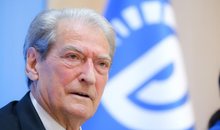
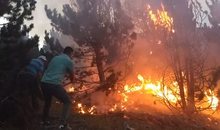
Fires in the country, 21 fires in the last 24 hours, 4 still active
2025-07-04 12:00:19
WB calls for debt transparency: Albania to publish details of every loan
2025-07-04 11:50:05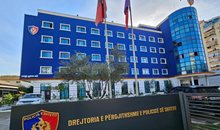
Changes in the State Police, new names expected to lead 5 police stations
2025-07-04 11:40:06
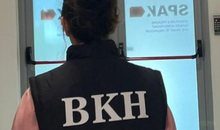
The race for the head of the BKH, the third phase on July 11
2025-07-04 11:20:23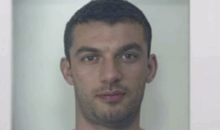

Toxic phrases that show your relationship is in trouble
2025-07-04 11:00:10